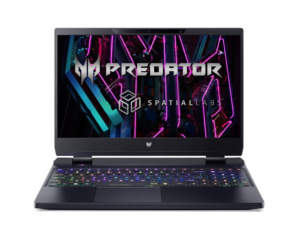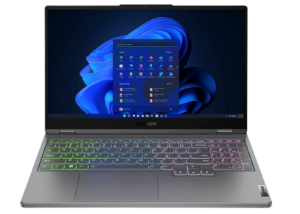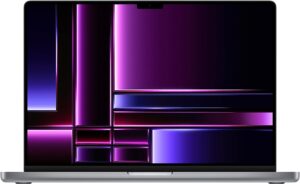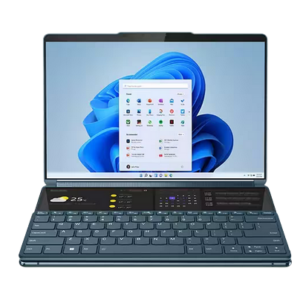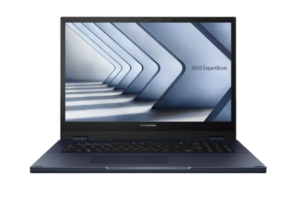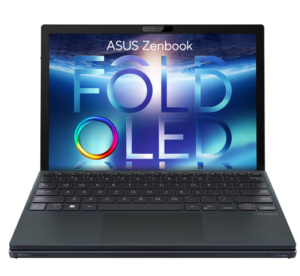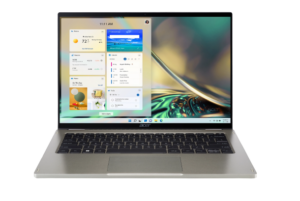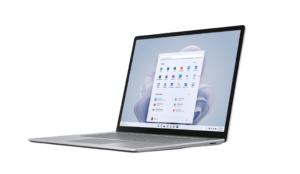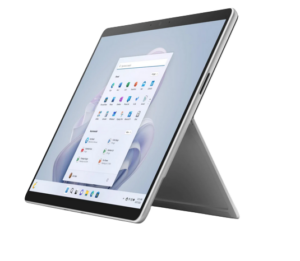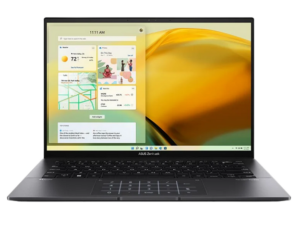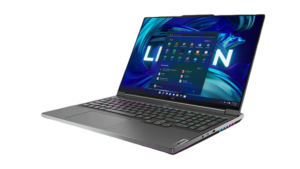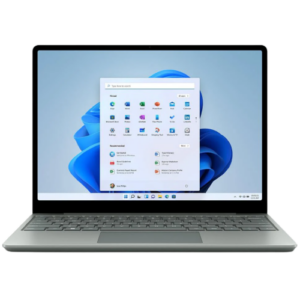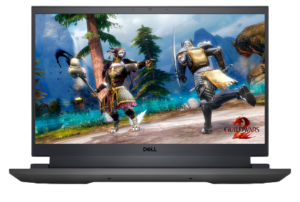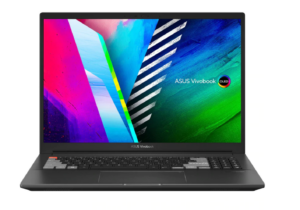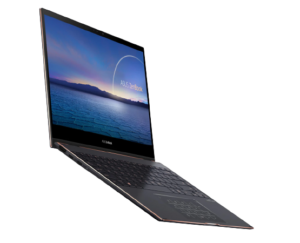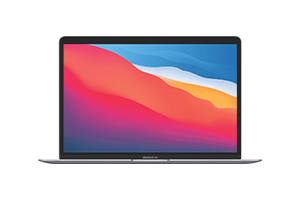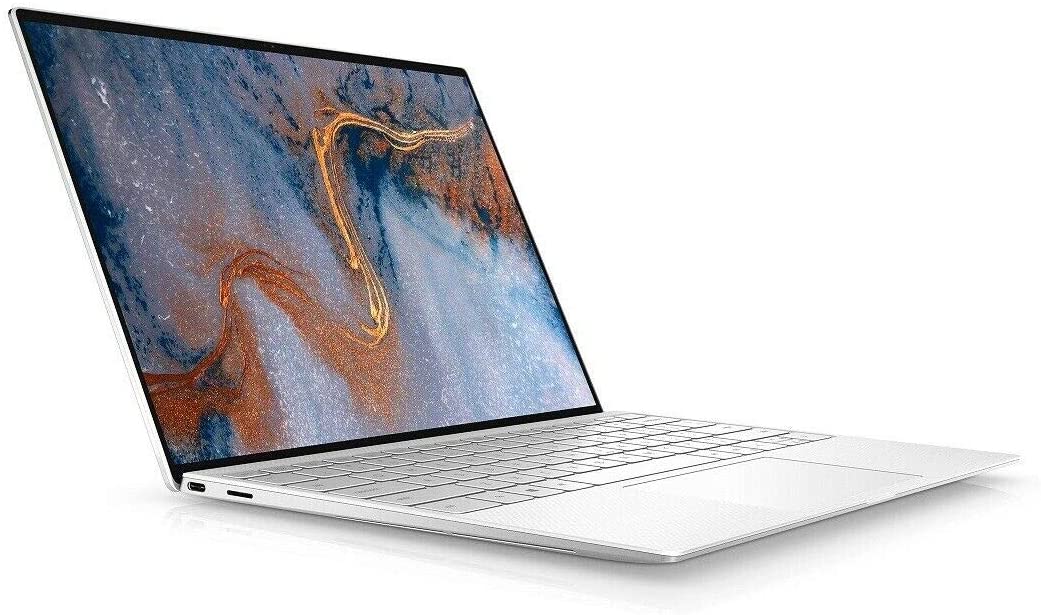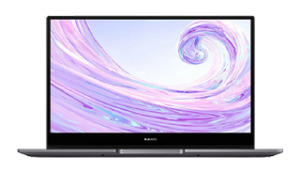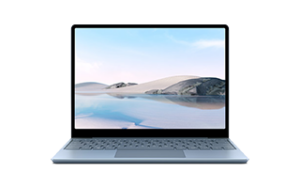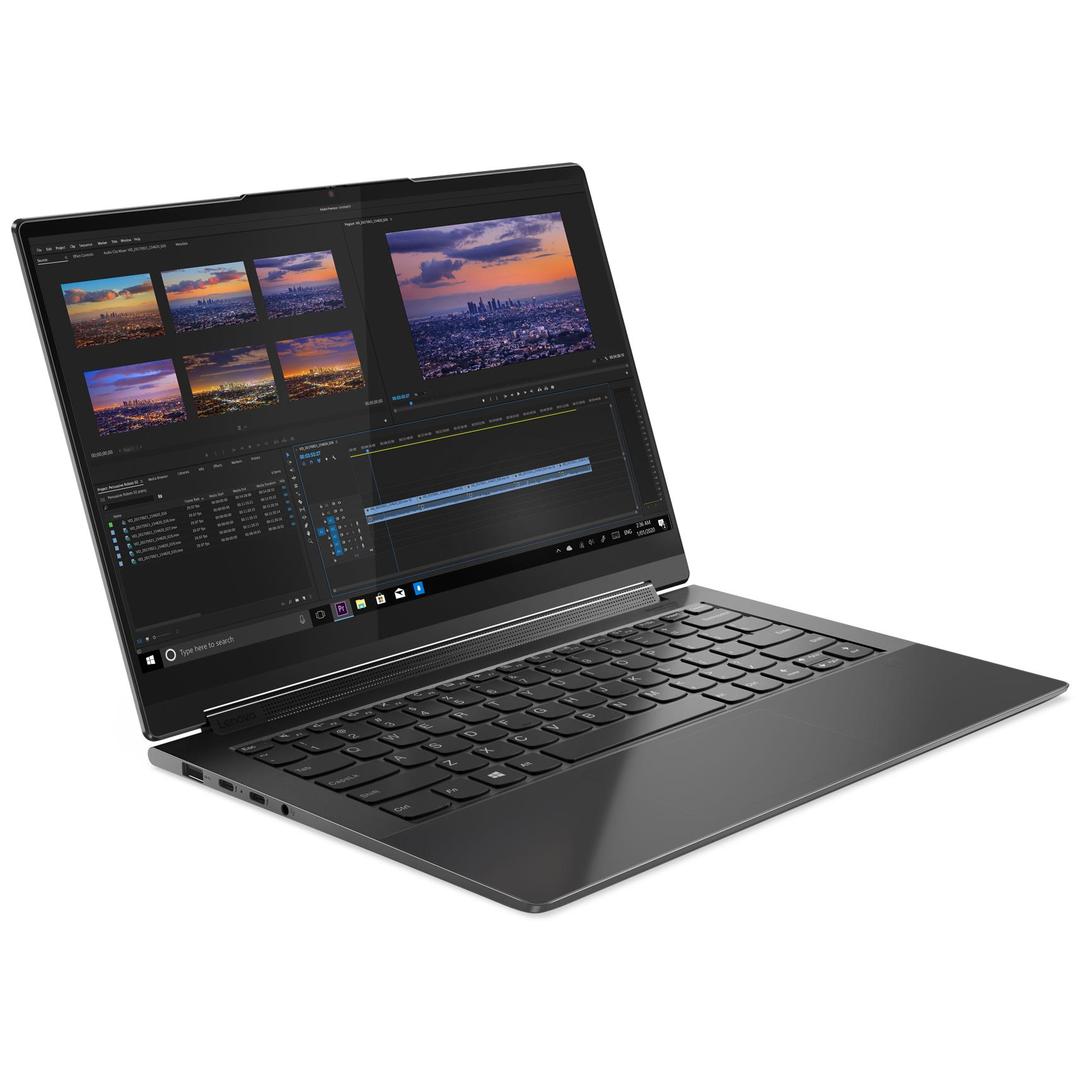Windows on ARM meets Yoga hardware.
Lenovo Yoga Slim 7 (2024) review: Advantage points
The Surface Laptop Copilot Plus isn't the only game in town if you're looking to take the latest incarnation of Windows on ARM for a spin. Several other manufacturers are also looking to get in on the action, including the new Lenovo Yoga Slim 7x.
Where the story that Microsoft is looking to tell with its first tranche of Copilot Plus PCs is a complicated one that hinges on the hypothetical value that AI can deliver and the hypothetical gains in performance offered by ARM, Lenovo's angle is a little more straightforward. The Yoga Slim 7x leans in on the gains to battery life and performance that the shift to ARM but it does so from a place built on strong fundamentals and years of refinement.

How much does the Lenovo Yoga Slim 7x (2024) cost in Australia?
In Australia, pricing for the Lenovo Yoga Slim 7x (2024) starts at $2499. That's not quite MacBook Pro money, but it's not far off. There are a few different specs to choose from, but if you're looking to get thrifty then you might want to take a look at the table below for a round-up of what Australian retailers are offering when it comes to the Lenovo Yoga Slim 7x.
Before you make a decision, be sure to read our recommendation for the specs.
Lenovo Yoga Slim 7x (2024) - Design and features

The Yoga Slim 7x isn't the most versatile version of Lenovo's line of lean laptops, but it does pack a lot of hardware into a relatively slim form-factor.
That said, the PureSight display here is the most eye-catching part of the package. The Yoga Slim 7x features a 14.5-inch OLED panel with 3K resolution, razor thin bezels, a 90Hz refresh rate and Dolby Vision HDR.
Although the cool blue metal exterior evokes the clean hues and simple palette of a MacBook Air, the Yoga Slim 7x doesn't have the same degree of heft as its MacOS-powered competition. What's more, any sense of uniformity here is marred by the notch-like camera bar that hangs over the lip of the device.
Although it initially comes across as little awkward, I found that didn't mind this specific detail all that much. I'd even go so far as to say that I like the way it sets the hardware here apart from most other premium laptops. Granted, given how divisive notches in smartphones have been, I can't imagine it'll be a universal hit among enthusiasts and other potential early adopters. Aside from that though, what's here is a familiar (and fantastic) reprisal of everything that there is to like about Lenovo's Yoga line.
There's a larger-than-usual trackpad that provides ample room to work with, a quartet of speakers with Dolby Atmos, a Windows Hello-graded 1080p webcam, a physical privacy shutter plus a keyboard with dish-shaped keycaps and 1.5mm of travel.
The Lenovo Yoga Slim 7x is a sleeker take on the 'comfort edge' design established elsewhere that takes the extra power efficiency that comes with ARM as a license to cut the fat. One unfortunate side effect of this subtraction is that there isn't much to work with when it comes to ports.
In total, there's just three USB-C ports on this thing. There's no headphone jack, nor are there any USB-A ports. That's going to put the brakes on those who might seek to use this as a multimedia machine, but again it does a good job of communicating who this machine is best going to suit.
Despite the emphasis on portability, there isn't any form of mobile connectivity here either. Given this has been included with older Windows on ARM devices, it's a shame that it hasn't made the cut this time around.
While this moniker is mostly just marketing, there are a few criteria that Lenovo uses to separate PureSight-graded screens from the rest of the crowd. Specifically, the term covers top-of-the-range displays with more than 220 pixels per inch, a 90Hz adaptive refresh rate and 1 millisecond response time.
LCD PureSight screens are expected to hit 100% sRGB colour space and volume while OLED ones are required to meet 100% DCI-P3 standard and 10-bit colour depth.

Since it runs on the same silicon as Microsoft's new Surface Laptop, the Lenovo Yoga Slim 7x boasts many of the same AI capabilities here. If you're someone who is more excited by the possibilities of Microsoft Recall or the new Cocreator tool in Paint than they are concerned or irritated, that's going to be music to your ears. For everyone else though, it's still not clear what the value of having the 40 TOPS of AI performance offered by laptops like this one is beyond having apps that load just that little bit faster. Still, that's more of a Microsoft problem than a Lenovo one and it does help underline the broader ethos at work here.
The Lenovo Yoga Slim 7x is a lean laptop that cuts a few corners in favor of the idea that its better to come out ahead than it is to be without compromises. While some of the choices made here won't suit power users or those looking to squeeze their budget for all its worth, what's here doesn't miss the mark when it comes to the form-factor, design and build quality that you'd expect in a modern premium Windows machine.
Storage: The baseline model comes with 512GB. This can be upgraded.
Memory: The baseline model comes with 16GB. This cannot be upgraded.
If you buy a brand-new version of this product, the box will include the following:
Lenovo Yoga Slim 7x
65W USB-C AC Adapter
Lenovo Yoga Slim 7x (2024) - Performance and battery life

Under the hood, the Lenovo Yoga Slim 7x runs on the performance-oriented Snapdragon X Elite processor, with up to 32GB of RAM and up to 1TB of SSD storage. The model we reviewed was as high-spec as this particular laptop gets.
Naturally, the one missing piece here is a dedicated GPU. If that's something that you need for your workflow or gaming pursuits, you'll have to look elsewhere or find some way to survive on what the Snapdragon X series can offer. In terms of how we'd rate it, the Lenovo Yoga Slim 7x sits in Enthusiast territory.
While the lack of a discrete GPU or cooling system prevents it from pivoting to portable powerhouse, those who are looking for a laptop that is above average when it comes to covering the basics and then some will likely feel like they're in good hands here. So long you keep the limits of Windows on ARM in mind at least.
If you're someone whose workflow exists within the confines of a web browser, you'll probably be more than happy. On the other end of the spectrum, those who need to juggle various applications will want to do their research well in advance.
Essential processors should be able to handle the basics: email, social media and some light web browsing. Gaming or more advanced tasks like image and video editing are likely off the table.
Everyday processors should be able to confidently meet basic performance requirements for most people. Email, social media and web browsing shouldn’t be a hassle, and while they aren’t able to handle graphically-demanding AAA releases, they should be able to run some indie or casual games. This is typically where Chromebooks top out.
Enthusiast processors should be able to easily exceed the minimum requirements of most users and be powerful enough to handle some AAA gaming, though not at the highest fidelity. That usually excludes most ARM processors.
Extreme processors should be able to do anything you can think of. Games should run at high frame rates on the highest possible settings, and multitasking shouldn’t be limited in any significant way.
Given the similarity in specs, it's no great shock that the performance offered by the Lenovo Yoga Slim 7x largely resembled that of the Surface Laptop Copilot Plus.
Like that device, the Yoga Slim 7x returned higher Geekbench scores than most other Windows laptops we've tested (with the exception of gaming hardware like the Legion Pro 5i). The device's Cinebench scores were similarly competitive. However, it lagged behind Intel-based machines when it came to GPU performance.
Of course, the other side of this coin is that you are paying a premium for those gains in performance. The argument for ARM as the future of Windows laptops does lose some of its luster once you start to think about the price you're paying in both dollars and app compatibility.
Despite that, I found the Lenovo Yoga Slim 7x mostly worked fine or at least well enough that I didn't have to think about it. There are tens and thousands of Windows apps out there, so I'm sure that there are more than a few that won't play nice with Microsoft's Prism emulation tech. For what it's worth, I've yet to run into any major ones.
Aside from games, anyway. There are a few great user-led tools and websites out there for determining how a given game runs on ARM Windows PCs, but much like more serious software applications the reality here is a bit of a gamble.
As for battery life, I think the Lenovo Yoga Slim 7x did a terrific job of delivering on the lofty promises that OEMs are making around this current push for ARM-powered Windows laptops. It took a whole 19 hours and 44 minutes of video streaming to run the battery inside the unit from 100% to zero. That's a really strong result, even compared to Apple's recent run of ARM-powered MacBooks.
There are few things more annoying than buying a brand-new laptop and discovering it has a bunch of annoying bloatware installed out of the box. Here's what the software situation for the Lenovo Yoga Slim 7x looks like once you've set it up for the first time.
Dolby Access (Dolby Vision & Dolby Atmos)
Lenovo Vantage
Lenovo Smart Noise Cancellation (Elevoc)
McAfee Live Safe (trial)
Microsoft 365 Trial
X-Rite Color Assistant For ARM
Is the Lenovo Yoga Slim 7x (2024) worth buying?

The Lenovo Yoga Slim 7x is more than just a vehicle for Microsoft's latest attempt to make AI or ARM on Windows stick. When you factor in the strong performance and robust fundamentals, this lean laptop has more than enough going for it to both stand up and stand out its own merits. It's genuinely a pleasure to use on a daily basis and if you're not won over by the look and feel of Microsoft's latest Surface hardware, then you might well be by what's going on here.
There's so much to like about the lean and performance oriented approach to laptops on display here, even if the premium price and limited ports can be difficult to square.
How we review laptops
Whether you're looking at a mainstream computer brand like Dell or a dedicated gaming brand like MSI, there's an immense number of decisions you'll need to make when purchasing a laptop. If you're not sure where to start, here are a few important features to consider when shopping for your next laptop:
- Screen size and type: Unlike upgradeable components like your GPU, RAM and storage, you're stuck with the display you buy when you purchase a laptop. Is it a comfortable size? Does it offer a wide-viewing angle?
- Resolution: Similarly, you can't change your display's resolution after the fact. 1080p (Full HD) is the bare minimum these days and most laptops worth their price tag aim for 1440p at least (QHD or QuadHD) but you can also opt for 4K if you're willing to spend a little extra.
- Refresh rate: A screen's refresh rate is the measurement of how frequently it changes. If you play fast-paced multiplayer games like Call of Duty, you know that the difference a few milliseconds that a high refresh rate gets you can count for a lot. The higher the refresh rate, the better. Most conventional laptops offer 60Hz to 90Hz but fancier gaming laptops can offer 144Hz, 165Hz or even 240Hz screens.
- Ports and connections: Like your screen, ports will impact your everyday experience with a laptop, particularly if you use it for work. While you can work around this with USB hubs and adapters, a laptop with fewer ports than you need can quickly become a headache.
- Future-proofing: There are no hard and fast rules here but as a general suggestion, you'll want to sure you're laptop has the legs to survive a few years of technology improvements in any way you can. You can overshoot on your desired specs, spending more on a machine that's more powerful than you currently need, or opt for a model or brand that has support for upgrades down the track. Check which features of the machine are upgradeable. The Dell XPS 15, for example, supports additional RAM, while Apple MacBooks do not.
Check out our dedicated laptop buying guide for more suggestions on shopping for the best laptop for your needs or this more in-depth guide on how we review laptops.
Lenovo Yoga Slim 7x (2024) FAQ
16GB is a good place to start when it comes to RAM, but it's not necessarily going to be the end of the road if your needs are more demanding. It's enough to get by, but it might not be enough for the future or for more performance-oriented users.
If your next laptop doesn't support upgrading your RAM later down the line, it's usually smart to overshoot and aim for 32GB of RAM instead.
Not all RAM is born equal. Size isn't everything. Speed also matters.
If you're looking to find out just how fast the RAM in your laptop is, the quickest way to do so is to identify the type of memory and then Google the standard expected speeds that it should offer. For example, LPDDR5 offers speeds of up to 6400Mbps while DDR4 memory can only rev up to 3200Mbps.
If you want to go one step further and determine whether the RAM in your laptop is delivering the speeds it should be capable of offering, then it might be worth putting the hardware to the test with a benchmarking tool like Novabench.
It's easy to spend too much or too little on your next laptop, but our take is that the best value laptops tend to sit between $1600 and $2200 in terms of price. PCs that occupy this price-point might not be able to outperform more expensive alternatives, but the bump up in quality over cheaper ones is well worth the cost involved.
Simply put, laptops of this price segment tend to sidestep all the compromises of going cheaper while getting most of the performance you'll get from spending more.
These days, there are three types of Intel Core processors found in laptops. The first is the humble Intel Core i5 processor, then there's the middle-of-the-range Intel Core i7 and the poweruser-oriented Intel Core i9.
If you're going purely by the numbers, the Intel Core i9 is going to provide the best results. However, it's also the most demanding in terms of thermal management. A laptop running an Intel Core i9 processor will be faster than one with an Intel Core i7 or Core i5, but it'll also run hotter.
If you're an everyday or more casual user, an Intel Core i5 is probably going to be fast enough for you. If you're more discerning or planning to play a lot of games, then the up-sell to an Intel Core i7 probably makes sense.
While there's no single component responsible when it comes to laptop speed, the part that usually takes the credit is the processor. If you want your next laptop to be a fast one, you'll want to make sure it has a good processor in it.
As with desktop PCs, the processor is only part of the picture however. If your laptop lacks enough RAM or relies on a slower hard drive for file storage, that'll act as a bottleneck on the performance of the machine as a whole.
Related Articles














